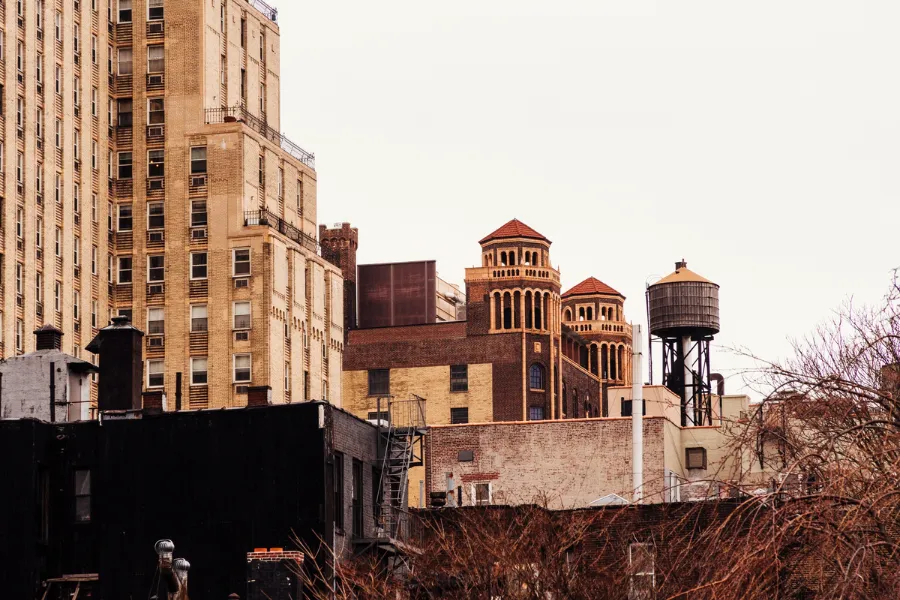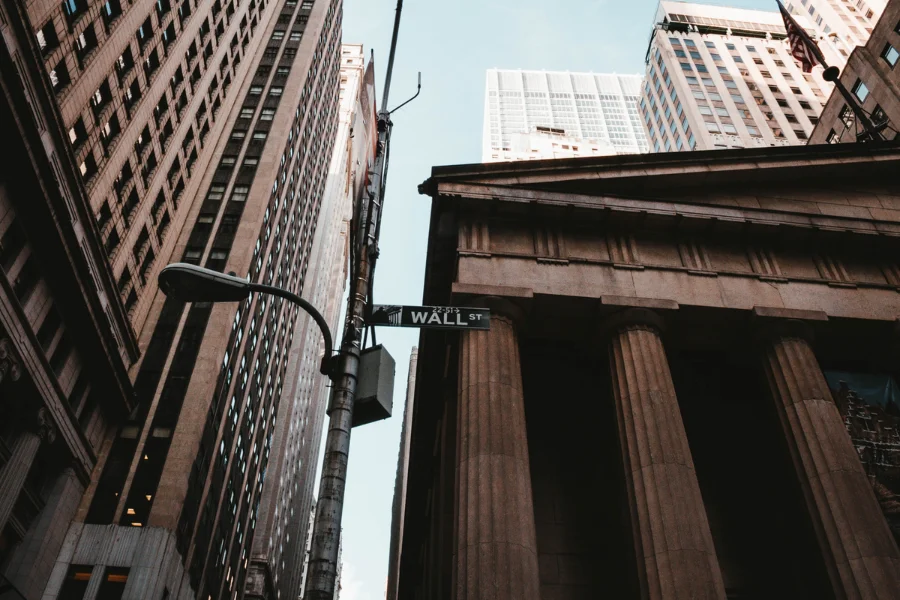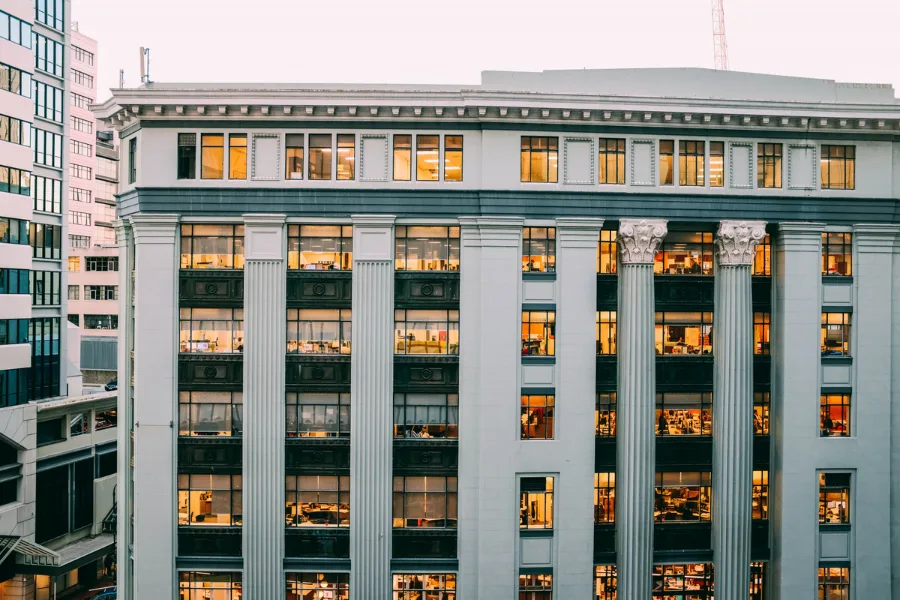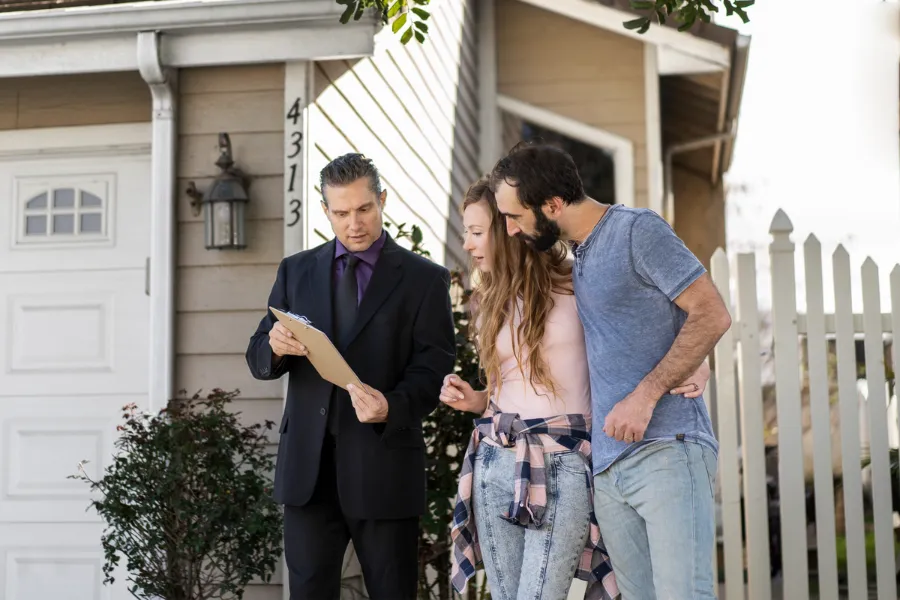Cap rate or capitalization rate is a simple ratio that allows real estate investors to understand what percentage of the capital they have invested they will get back as profit (each year). Cap rate can also tell a real estate investor how much profit they are making compared to how much they have invested in a real estate asset.
The cap rate can be calculated for almost all types of real estate investments, including commercial properties like retail stores, office space, multifamily properties, and residential properties like apartments and brownstones.
Since the cap rate is calculated for income-producing properties (rental income), it doesn’t account for the profit you may get by selling the property for a higher price than you bought it for. So even if it’s an important metric for calculating a property’s income-based return potential, it doesn’t help you understand what the total capital appreciation potential of the property will be.
How Is Cap Rate Calculated?
The formula for cap rate is:
Cap Rate = Net Operating Income / Current Market Value Of The Property
(It’s represented as a percentage)
Net Operating Income or NOI is the money (rental income) you, as the property owner, have left after taking care of all the operational expenses associated with the property. That includes maintenance expenses, utility bills, taxes, insurance, property management fees, HOA fees for brownstones, etc. Debt is not included in the cap rate, so if you are investing in a property through financing, you will have to factor that in separately.
Current market value is the price you are paying for the property.
Example
If you are paying $4,000,000 for a multifamily property that offers a Net Operating Income of $500,000, your cap rate would be:
Cap Rate = $500,000/$4,000,000 = 0.125 or 12.5%
So the property is paying you back about 12.5% of the capital you invested in a year.
Factors Affecting Cap Rate
The Cap rate is directly proportional to the NOI. The higher the NOI, the higher the cap rate will be (assuming property price remains the same). You can do that by:
- Increasing the rent (to an extent, since about half the properties in NYC are rent-stabilized).
- Decreasing the property expenses
- Manage the property yourself (cut management cost)
- Find a more competitive insurance price
Cap rate is inversely proportional to property prices, so if property prices go down, your cap rate may increase. But it rarely happens, and it reduces the overall worth of your asset.
The vacancy rate is another factor that can affect the cap rate in a property with multiple units (high vacancy will lead to less overall rental income). High turnover rates and the additional cost to fill vacant units can also decrease the cap rate of your property.
Cap Rates In NYC
NYC has one of the lowest cap rates in the country, and they usually remain around two to three percent. And in all the NYC boroughs, Manhattan usually has the lowest overall cap rate (followed by Brooklyn). Manhattan’s cap rates are among the lowest in the country, and one reason is the extremely high property value. Manhattan has the most expensive neighborhoods in the city.
Even though the rent is also higher (a positive part of the NOI), the high purchase prices keep the cap rates down.









